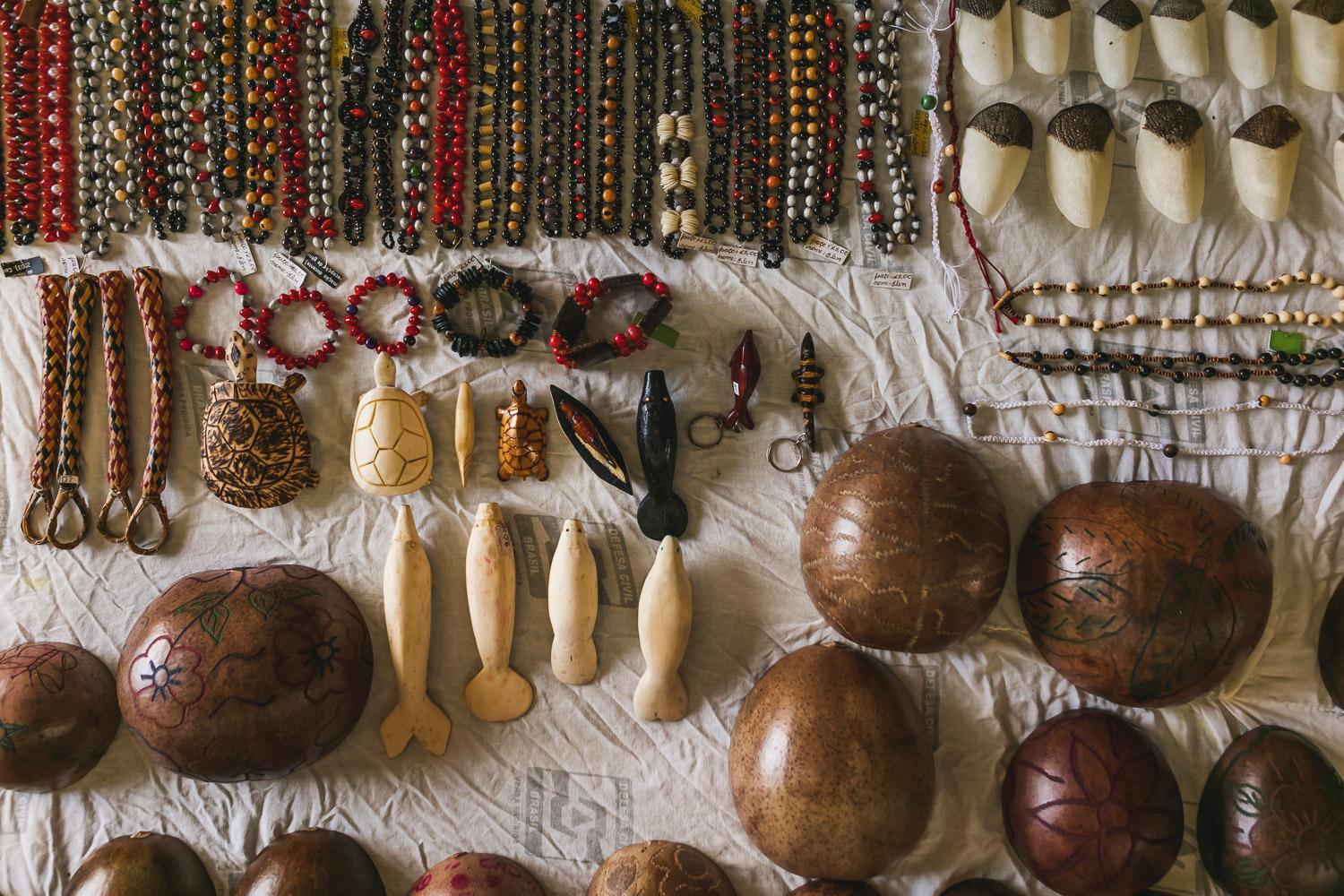Brazilian Fashion and Design: A Journey Through Traditional Craftsmanship and Modern Trends

Brazil is a country of contrasts, not only in its nature but also in its fashion and design world. From the traditional crafts of indigenous peoples to avant-garde fashion trends and innovative design projects, Brazilian fashion and design reflect the diversity and creativity of a nation deeply rooted in its cultural heritage yet forward-looking in its approach. This article takes you on a Brazil trip through the fascinating world of Brazilian fashion and design, from traditional craftsmanship to modern trends.
Traditional Craftsmanship – Roots in Indigenous Culture
The origins of Brazilian fashion and design lie deep within the history of the country's indigenous peoples. Handmade textiles, jewelry, and accessories are expressions of centuries-old traditions. The Guarani and Xingu are particularly known for working with natural materials such as palm fibers, cotton, and seeds. These products are more than just clothing or decoration; they are cultural symbols expressing the spiritual and social values of indigenous communities. Today, this craftsmanship is often integrated into modern fashion and is a powerful symbol of Brazil's commitment to preserving its cultural identity.
The Bossa Nova Era and the Influence of the 1960s
The 1960s brought a surge of creativity and style to the Brazilian fashion world. As Bossa Nova music gained global popularity, designers like Zuzu Angel and Dener Pamplona shaped the fashion of the era. This period marked the beginning of a modern Brazilian style, combining elegance and lightness with a tropical color palette and natural materials. Zuzu Angel, in particular, became famous for incorporating elements of Brazilian folklore into her designs, blending fashion with political messages.
The Modern Fashion Movement: São Paulo Fashion Week and the Rise of Global Brands
Over the years, Brazil has emerged as one of South America's leading fashion hubs, with São Paulo Fashion Week (SPFW) at the heart of this development. The event has launched globally recognized designers such as Alexandre Herchcovitch and Osklen. While Herchcovitch is known for his bold and avant-garde designs, Osklen combines tropical elements with sustainable materials, highlighting the growing importance of eco-friendly fashion in Brazil.
Brazilian fashion houses are also famous for blending luxury with streetwear, with brands like Farm Rio and Havaianas achieving global fame. Havaianas, originally a simple rubber sandal, has become an international symbol of a relaxed Brazilian lifestyle.
Sustainability and Eco-Conscious Design
A growing trend in Brazil's fashion and design scene is the focus on sustainability. Designers like Oskar Metsavaht (Osklen) champion the use of sustainable materials such as recycled cotton and ocean plastic. The goal is to create fashion that is both aesthetically pleasing and environmentally conscious. In the design world, traditional materials are being repurposed in innovative ways to produce modern, sustainable furniture and decor, particularly in design hubs like São Paulo and Rio de Janeiro.
Brazilian Design: Architecture and Interior Design
Brazilian design goes beyond fashion – the country has also made significant contributions to the worlds of design and architecture. Oscar Niemeyer, the architect behind Brasília, is perhaps the most famous name in Brazilian design history. His fluid, modern forms have influenced architecture worldwide. In addition to Niemeyer, furniture designer Sérgio Rodrigues is known for his iconic works that incorporate Brazilian materials and shapes into international design.
Modern design studios like ETEL and Campana Brothers continue this tradition by combining natural materials like wood, leather, and textiles with innovative techniques. Their works, inspired by Brazil’s nature and culture, are recognized worldwide and represent the creative force of Brazilian design.
Brazil is a true treasure trove of creativity and culture, clearly reflected in its fashion and design world. From the traditional crafts of indigenous peoples to the modern, sustainable trends gaining global recognition today, Brazilian fashion and design reflect the diversity and ingenuity of a country that values its cultural roots while innovating toward the future. Plan your Brazil vacation now and discover the traditional crafts of the indigenous peoples or modern Brazilian design during your visit.

